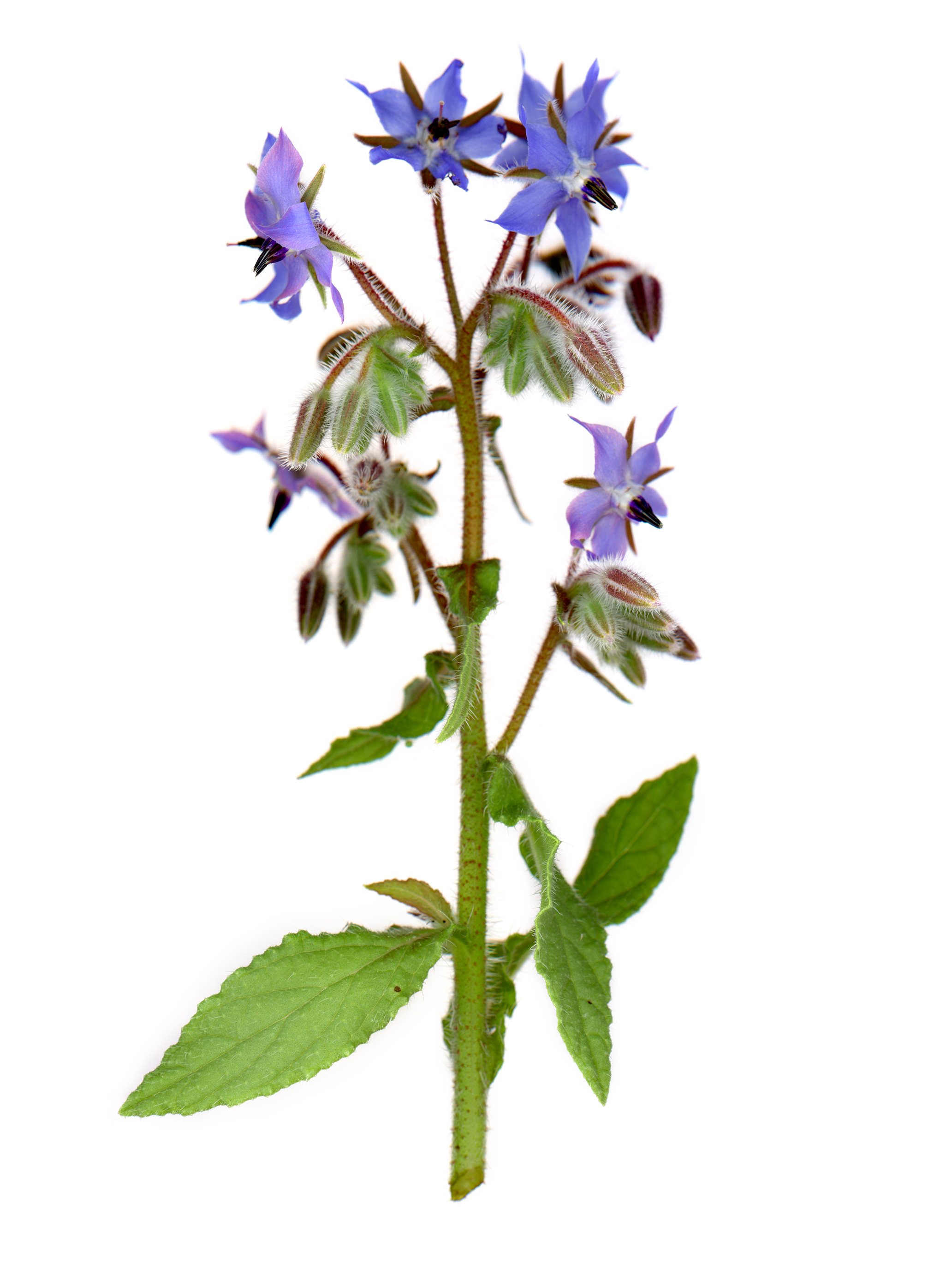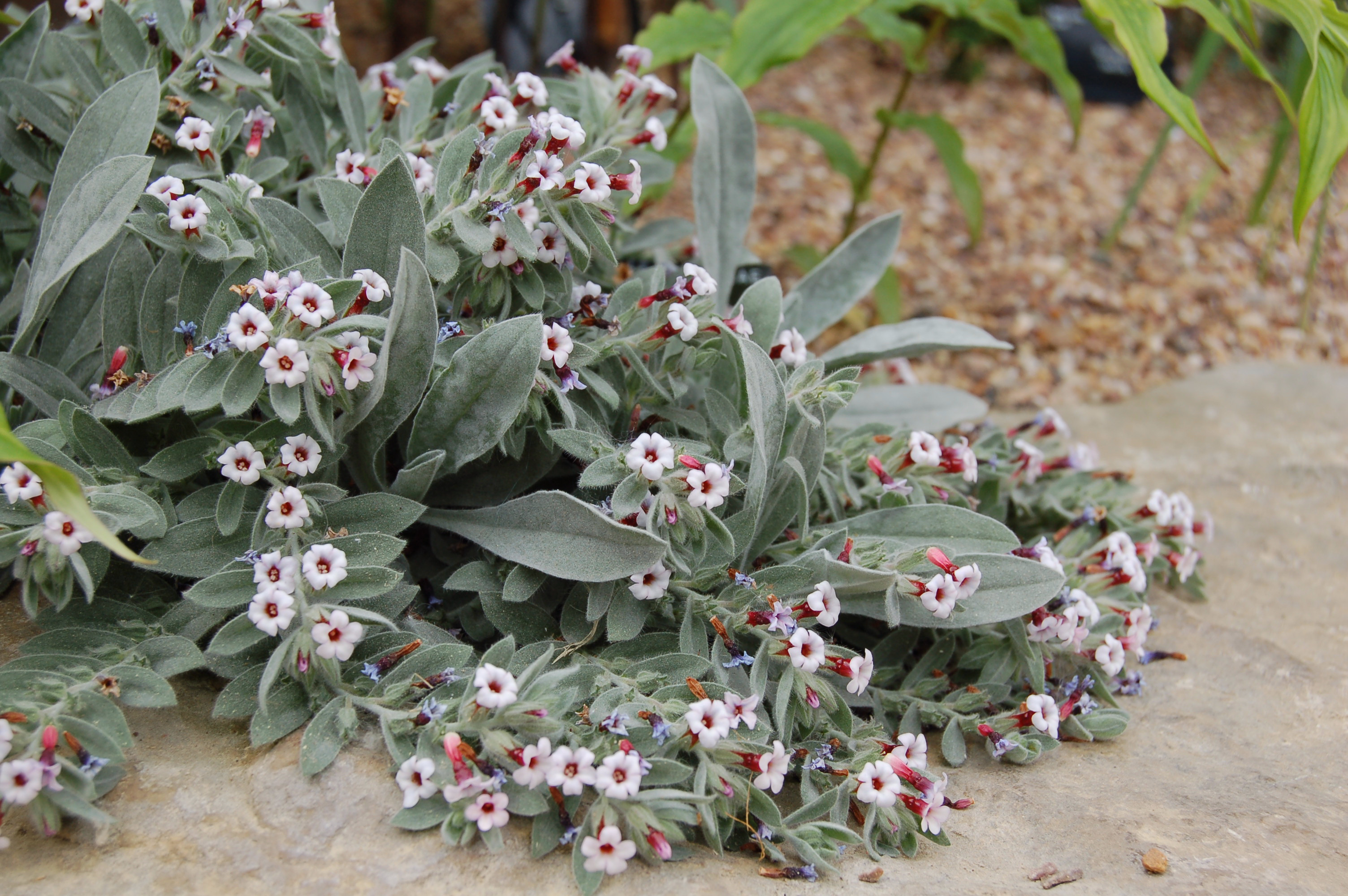|
Boraginoideae
Boraginoideae is a subfamily of the plant family Boraginaceae ', with about 42 genera. That family is defined in a much broader sense (Boraginaceae ') in the Angiosperm Phylogeny Group (APG) system of classification for flowering plants. The APG has not specified any subfamilial structure within Boraginaceae ''s.l.'' Taxonomy Some taxonomists placed the genera ''Codon'' and '' Wellstedia'' in Boraginoideae. Others place one or both of these in separate, monogeneric subfamilies. ''Codon'' was long regarded as an odd member of Hydrophylloideae, but in 1998, a molecular phylogenetic study suggested that it is closer to Boraginoideae. Neither is included n more modern classifications. Some authors proposed a revision of earlier APG systems, in which Boraginaceae had been included as an unplaced family (i.e. not included in a specified order) within the lamiid clade of eudicots. In that system. Boraginaceae was defined broadly (Boraginaceae ''sensu lato'' or ''s.l.''). Instead t ... [...More Info...] [...Related Items...] OR: [Wikipedia] [Google] [Baidu] |
Actinocarya
''Actinocarya'' is a small genus of annual herbs in the family Boraginaceae. Species in the genus are found in Pakistan, China, and India India, officially the Republic of India, is a country in South Asia. It is the List of countries and dependencies by area, seventh-largest country by area; the List of countries by population (United Nations), most populous country since .... Taxonomy The genus is known in China as 锚刺果属 (mao ci guo shu). There are two species in the genus: * '' Actinocarya acaulis'' (W.W.Sm.) I.M.Johnst. * '' Actinocarya tibetica'' C.B.Clarke Description The species are annual herbs. They have slender and diffuse stems which sparsely short strigose or subglabrous. Their leaves alternate and are ovate-oblong to spatulate. They have thin pedicels and solitary, axillary flowers. Their calyx is 5-parted, slightly enlarged in fruit, and spreading. Their corolla is rotate-campanulate and the stamens are inserted into its tube; they have five ... [...More Info...] [...Related Items...] OR: [Wikipedia] [Google] [Baidu] |
Borago Officinalis
Borage ( or ; ''Borago officinalis''), also known as starflower, is an annual herb in the flowering plant family Boraginaceae native to the Mediterranean region. Although the plant contains small amounts of pyrrolizidine alkaloids, some parts are edible and Borage seed oil, its seeds provide oil. Description ''B. officinalis'' grows to a height of , and is bristly or hairy all over the stems and leaves; the leaves are Alternate leaf, alternate, Simple leaf, simple, and long. The flowers are Complete flower, complete, Perfect flower, perfect with five narrow, triangular-pointed petals. Flowers are most often blue, although pink flowers are sometimes observed. White-flowered types are also cultivated. The blue flower is genetically dominant over the white flower. The flowers arise along scorpioid cymes to form large floral displays with multiple flowers blooming simultaneously, suggesting that borage has a high degree of geitonogamy (intraplant pollination). It has an indet ... [...More Info...] [...Related Items...] OR: [Wikipedia] [Google] [Baidu] |
Wellstedia
''Wellstedia'' is a genus of flowering plants traditionally included in the family Boraginaceae ''s.l.'', but placed in its own family, Wellstediaceae within the Boraginales order, by the Boraginales Working Group. Species include: * '' Wellstedia dinteri'' Pilg. * '' Wellstedia filtuensis'' D.R.Hunt & Lebrun * '' Wellstedia laciniata'' Thulin & A.Johanss. * '' Wellstedia robusta'' Thulin * '' Wellstedia socotrana'' Balf.f. Sir Isaac Bayley Balfour, KBE, FRS, FRSE (31 March 1853 – 30 November 1922) was a Scottish botanist. He was Regius Professor of Botany at the University of Glasgow from 1879 to 1885, Sherardian Professor of Botany at the University of Oxfor ... * '' Wellstedia somalensis'' Thulin & A.Johanss. References Bibliography * Boraginaceae genera Taxa named by Isaac Bayley Balfour Taxonomy articles created by Polbot {{Boraginoideae-stub ... [...More Info...] [...Related Items...] OR: [Wikipedia] [Google] [Baidu] |
Borago
''Borago'', or borage, is a genus of five species of herbs native to the Mediterranean, with one species, ''Borago officinalis'', cultivated and naturalized throughout the world. Uses ''Borago officinalis'' is used medicinal herb, medicinally, in companion planting, in cooking, and as an oilseed. Cooked stalks are sometimes eaten as a vegetable. The large, hairy leaf, leaves taste mildly of cucumber, and star-shaped purple-blue flowers are prized for their flavour. The leaves are often added to teas and salads, and the flowers have been added to wine (Borage has had a reputation to give one courage since Roman times). The flowers are highly attractive to bees. The hairs covering the plant are said to repel herbivores. Description Borages are annual plant, annual or perennial herbaceous plants with alternate leaves and long-stalked flowers. The inflorescences are branched scorpioid cymes, i.e. subsequent flowers are oriented in a curve, as in the tail of the scorpion. The flowe ... [...More Info...] [...Related Items...] OR: [Wikipedia] [Google] [Baidu] |
Alkanna
''Alkanna'' is a genus of herbaceous plants in the family Boraginaceae Boraginaceae, the Borago, borage or forget-me-not family, includes about 2,000 species of shrubs, trees, and herbs in 146 to 154 genus, genera with a worldwide distribution. The APG IV system from 2016 classifies the Boraginaceae as single famil .... It includes 66 species native to southern and east-central Europe, western Asia, and North Africa. Species 66 species are accepted. * '' A. amana'' Rech.f. * '' A. angustifolia'' Sümbül * '' A. areolata'' Boiss. * '' A. attilae'' P.H.Davis * '' A. aucheriana'' A.DC. * '' A. auranitica'' Mouterde * '' A. bracteosa'' Boiss. * '' A. caliensis'' Heldr. ex Boiss. * '' A. cappadocica'' Boiss. & Balansa * '' A. chrysanthiana'' Kit Tan * '' A. confusa'' Sam. ex Rech.f. * '' A. corcyrensis'' Hayek * '' A. cordifolia'' K.Koch * '' A. dumanii'' Sümbül * '' A. frigida'' Boiss. * '' A. f ... [...More Info...] [...Related Items...] OR: [Wikipedia] [Google] [Baidu] |
Boraginaceae
Boraginaceae, the Borago, borage or forget-me-not family, includes about 2,000 species of shrubs, trees, and herbs in 146 to 154 genus, genera with a worldwide distribution. The APG IV system from 2016 classifies the Boraginaceae as single family of the order Boraginales within the asterids. Under the older Cronquist system, it was included in the Lamiales, but clearly is no more similar to the other families in this order than it is to families in several other asterid orders. A revision of the Boraginales, also from 2016, split the Boraginaceae into 11 distinct families: Boraginaceae ''sensu stricto'', Codonaceae, Coldeniaceae, Cordiaceae, Ehretiaceae, Heliotropiaceae, Hoplestigmataceae, Hydrophyllaceae, Lennoaceae, Namaceae, and Wellstediaceae. These plants have alternately arranged leaves, or a combination of alternate and opposite leaves. The leaf blades usually have a narrow shape; many are linear or lance-shaped. They are smooth-edged or toothed, and some have petiole (bo ... [...More Info...] [...Related Items...] OR: [Wikipedia] [Google] [Baidu] |
APG IV
The APG IV system of flowering plant classification is the fourth version of a modern, mostly molecular-based, system of plant taxonomy for flowering plants (angiosperms) being developed by the Angiosperm Phylogeny Group (APG). It was published in 2016, seven years after its predecessor the APG III system was published in 2009, and 18 years after the first APG system was published in 1998. In 2009, a linear arrangement of the system was published separately; the APG IV paper includes such an arrangement, cross-referenced to the 2009 one. Compared to the APG III system, the APG IV system recognizes five new orders ( Boraginales, Dilleniales, Icacinales, Metteniusales and Vahliales), along with some new families, making a total of 64 angiosperm orders and 416 families. In general, the authors describe their philosophy as "conservative", based on making changes from APG III only where "a well-supported need" has been demonstrated. This has sometimes resulted in placements that ar ... [...More Info...] [...Related Items...] OR: [Wikipedia] [Google] [Baidu] |
Afrotysonia
''Afrotysonia'' is a genus of flowering plants belonging to the family Boraginaceae Boraginaceae, the Borago, borage or forget-me-not family, includes about 2,000 species of shrubs, trees, and herbs in 146 to 154 genus, genera with a worldwide distribution. The APG IV system from 2016 classifies the Boraginaceae as single famil .... Its native range is Eastern Tropical and Southern Africa. Species: *'' Afrotysonia africana'' *'' Afrotysonia glochidiata'' *'' Afrotysonia pilosicaulis'' References {{Taxonbar, from=Q8191170 Boraginaceae Boraginaceae genera ... [...More Info...] [...Related Items...] OR: [Wikipedia] [Google] [Baidu] |
Adelocaryum
''Adelocaryum'' is a genus of flowering plants belonging to the family Boraginaceae. Its native range is southern Arabian Peninsula and the Indian subcontinent The Indian subcontinent is a physiographic region of Asia below the Himalayas which projects into the Indian Ocean between the Bay of Bengal to the east and the Arabian Sea to the west. It is now divided between Bangladesh, India, and Pakista .... Species The following species are accepted: *'' Adelocaryum coelestinum'' *'' Adelocaryum flexuosum'' *'' Adelocaryum lambertianum'' *'' Adelocaryum malabaricum'' *'' Adelocaryum nebulicola'' References Boraginaceae Boraginaceae genera {{Boraginaceae-stub ... [...More Info...] [...Related Items...] OR: [Wikipedia] [Google] [Baidu] |
United States Department Of Agriculture
The United States Department of Agriculture (USDA) is an executive department of the United States federal government that aims to meet the needs of commercial farming and livestock food production, promotes agricultural trade and production, works to assure food safety, protects natural resources, fosters rural communities and works to end hunger in the United States and internationally. It is headed by the secretary of agriculture, who reports directly to the president of the United States and is a member of the president's Cabinet. The current secretary is Brooke Rollins, who has served since February 13, 2025. Approximately 71% of the USDA's $213 billion budget goes towards nutrition assistance programs administered by the Food and Nutrition Service (FNS). The largest component of the FNS budget is the Supplemental Nutrition Assistance Program (formerly known as the 'Food Stamp' program), which is the cornerstone of USDA's nutrition assistance. The United Stat ... [...More Info...] [...Related Items...] OR: [Wikipedia] [Google] [Baidu] |
Germplasm Resources Information Network
Germplasm Resources Information Network or GRIN is an online USDA National Genetic Resources Program software project to comprehensively manage the computer database for the holdings of all plant germplasm collected by the National Plant Germplasm System. GRIN has extended its role to manage information on the germplasm reposits of insect (invertebrate), microbial, and animal species (see sub-projects). Description The site is a resource for identifying taxonomic information (scientific names) as well as common names on more than 500,000 accessions (distinct varieties, cultivars etc.) of plants covering 10,000 species; It gives 450,000 accessions (outdated; GRIN gives 500,000 as of June 2012). both economically important ones and wild species. It profiles plants that are invasive or noxious weeds, threatened or endangered, giving out data on worldwide distribution of its habitat; as well as passport information. GRIN also incorporates an Economic Plants Database. The netwo ... [...More Info...] [...Related Items...] OR: [Wikipedia] [Google] [Baidu] |



